Conflict Minerals
February 3, 2015 | Written by GreenSoft Technology, Inc.
American Institute of CPAs publishes FAQ on Conflict Minerals reporting
February 03, 2015|Written by GreenSoft Technology, Inc.
The American Institute of CPAs (AICPA), the world's largest professional accounting association with over 400,000 members in 145 countries, published a new FAQ this week on conflict minerals reporting.
The detailed FAQ comes from AICPA's Financial Reporting Center, and explains the responsibilities and requirements for conflict minerals reporting from an accounting point of view.
As most of our readers know, environmental compliance requirements can seep their way into almost every department in a manufacturer's organization, so seeing the world's largest accounting association take note of conflict minerals legislation comes as no surprise. The FAQ will be a helpful tool for manufacturers whose accounting departments have an interest in ensuring environmental compliance.
The FAQ is divided into five small downloadable PDF documents. The first document is an overview and the next four documents contain the 13 frequently asked questions - divided into a few questions per document.
Click the following links to download each PDF file:
Conflict Minerals Reports Questions & Answers
AICPA FAQ .01-.02 Regarding Conflict Minerals Reports
AICPA FAQ .03-.09 Regarding Conflict Minerals Reports

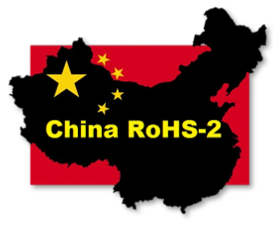 Last month, China's Ministry of Industry and Information Technology issued updates to part of China's RoHS legislation as well as a Stay of Execution for other parts.
Last month, China's Ministry of Industry and Information Technology issued updates to part of China's RoHS legislation as well as a Stay of Execution for other parts.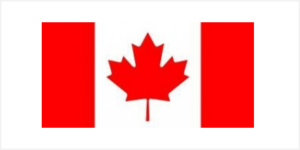 Canada has approved new regulations under the Canadian Environmental Protection Act of 1999 that limit the use of mercury in products.
Canada has approved new regulations under the Canadian Environmental Protection Act of 1999 that limit the use of mercury in products.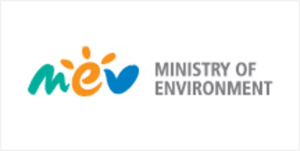 As of January 1, 2015, the Act on the Registration and Evaluation of Chemicals (AREC) in South Korea, or "K-REACH," is now in effect. Full text of the legislation is available as a
As of January 1, 2015, the Act on the Registration and Evaluation of Chemicals (AREC) in South Korea, or "K-REACH," is now in effect. Full text of the legislation is available as a 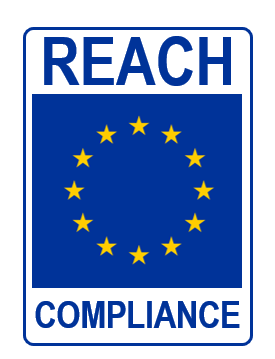 Today the European Chemicals Agency (ECHA) added
Today the European Chemicals Agency (ECHA) added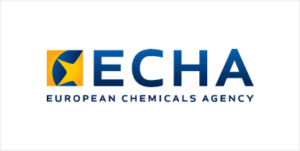 December 16 marks the deadline for manufacturers and importers to notify the European Chemicals Agency (ECHA) if they continue to use substances that were added to the REACH Substances of Very High Concern (SVHC) Candidate List six months ago.
December 16 marks the deadline for manufacturers and importers to notify the European Chemicals Agency (ECHA) if they continue to use substances that were added to the REACH Substances of Very High Concern (SVHC) Candidate List six months ago.